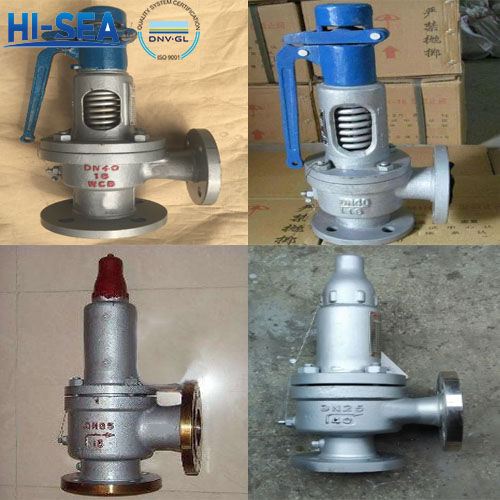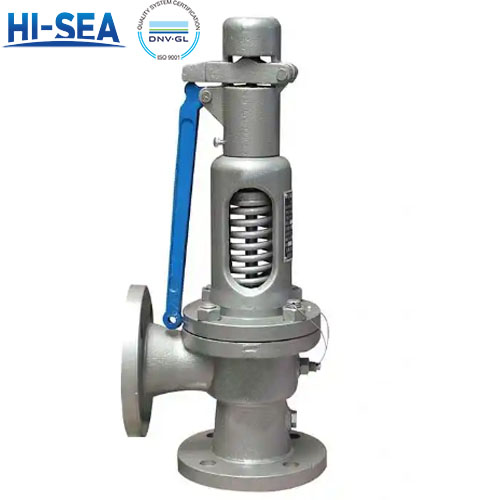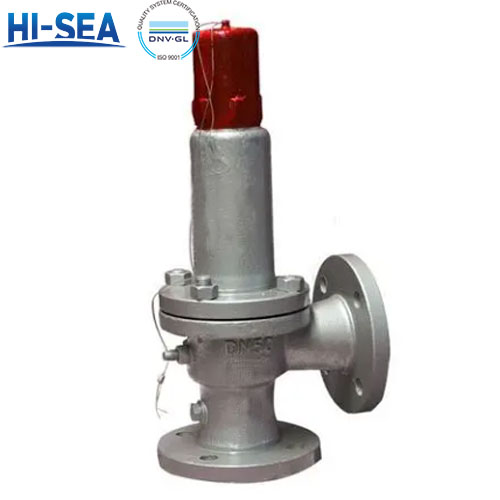
What is the difference between low lift safety valve and fall lift safety valve?
Overview
Differences in starting pressures:
Low lift safety valves have lower actuation pressures, usually in the range of 10% to 30% of the specified pressure, and are suitable for low-pressure scenarios;
Fall lift safety valves have higher actuation pressures, usually between 70% and 100% of the specified pressure, and are suitable for high-pressure scenarios.
Differences in response speeds:
Low lift safety valves have a faster response time and are suitable for systems that require a fast response time;
Fall lift safety valves have a slower response time.
Differences in applicable media:
Low lift safety valves are usually applied to gas media, suitable for pressure fluctuations in the environment;
Fall lift safety valves are applied to liquid media, suitable for pressure changes in a more stable environment.
Differences in application scenarios:
Low lift safety valves are commonly used in pressure reduction systems, pharmaceuticals, beverages, mineral water and small cooling systems;
Fall lift safety valves are suitable for compressors, closed systems, oil refining, chemical industry, iron and steel, power stations and other industrial fields.
Picture:







